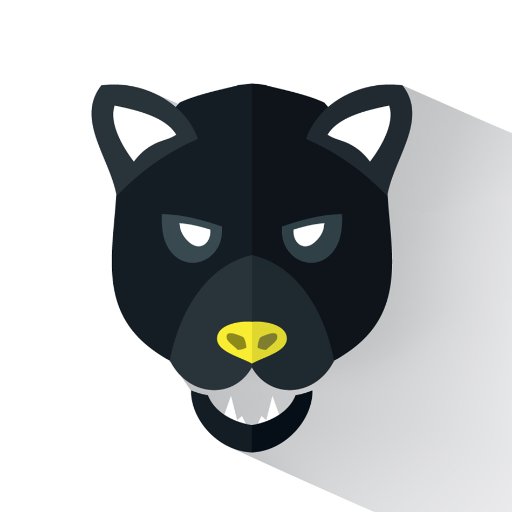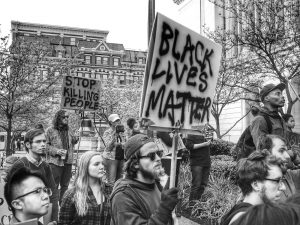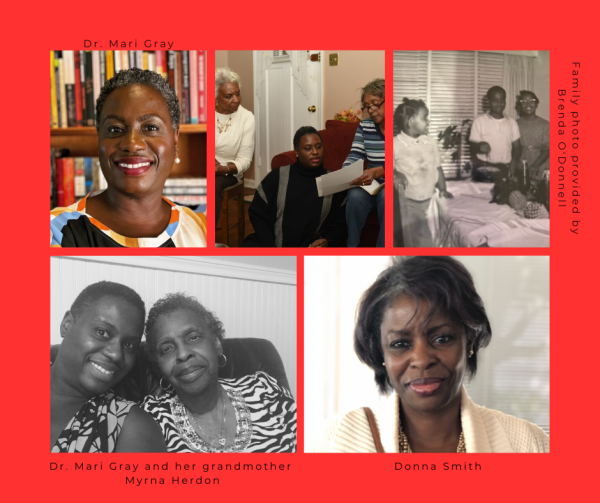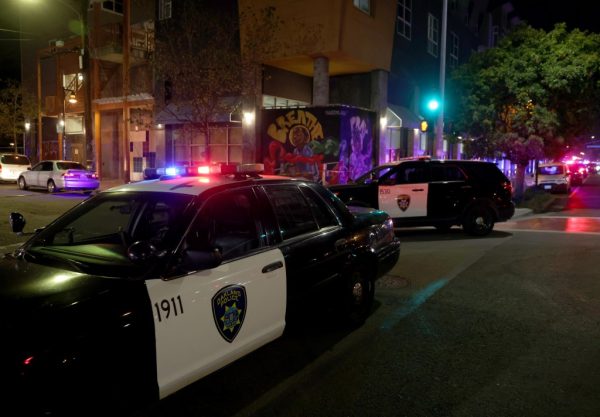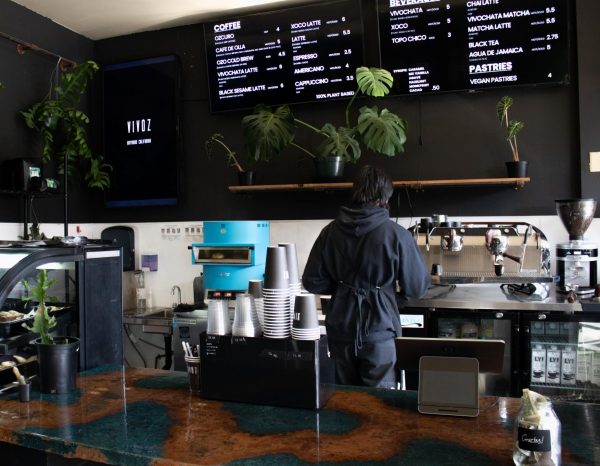Twitter versus Blitter
Defeating hate one app at a time
On Oct. 19, Twitter user Kadeem Ali posted a picture of himself with the caption, “A white woman told me I look like a thug on the train today… While I was on my way to graduate school for my third degree.”
I then quote tweeted in response to this tweet, “ Reasons why white people shouldn’t wear dreads and braids because it’s “cute and trendy” when they do it but “ ghetto and thuggish” when we wear them.”
My post was retweeted 42,300 times and received 6,023,149 views in the days that followed and the numbers increased every hour. Since I tweeted this I’ve gotten a tremendous amount of backlash from predominantly white people: I have gotten threats, been called racial slurs, and many more hateful attacks via Twitter. The backlash has now spread to other social media platforms like Instagram and Facebook.
Most threats were received in my Twitter direct message inbox which was open to the public until I received hateful messages and threats. Some messages I received were “ This is why black people get shot” and “ You stupid black bitch.” Others replied to my tweet calling me dumb, fat, black, and much more. After looking at those hateful messages, I changed my message settings to only allow my followers to message me. I also deleted the previous messages I received. I also began seeking out alternative social networks where I might feel more safe, like Blitter.
In early October, Patrick Francis created Blitter, a social network that functions in similar ways to Twitter — short updates in a time feed — but with the idea that all interactions on the Blitter network be built on love, passion, and empathy. As per rules laid out by Francis, Blitter does not condone racism, sexism, harassment, bots, or hate speech.
When Blitter first launched, many Twitter users assumed that Blitter was a mixture of “black” and “Twitter,” but Francis insisted it was actually named after a circuit: a Blitter circuit is dedicated to the rapid movement and modification of data within a computer’s memory, according to The Planetary Knowledge Core an Internet-based, free-content encyclopedia project.
On Blitter, users do many of the same things as Twitter: they post status updates up to 120 characters, photos, and videos up to 15 seconds. They browse popular feeds displaying the most popular posts or recent feeds to see the latest posts on Blitter, record Vine-like videos with start and stop capabilities, and chat privately with followers or group chats. Francis’ profile update indicates he’s in the process of updating the app to fix bugs like login issues or posts not loading.
Racist and hateful things have always been a problem on Twitter. In August, author Shahak Shapira reported more than 300 tweets that contained hateful and racist content from other users pages . Twitter deleted none of them. Some of these hateful posts included “Hitler did nothing wrong” or “Retweet if you hate Muslims.”
Blitter aims to prevent language like that from appearing on anyone’s feeds. “Any posts or comments displaying racism, sexism, or hate speech will result in account deletion,” according to the description of the Blitter app.
This isn’t Francis’ first app in the iTunes store. He had previously created “Trending Topix,” another social networking app. According to the iTunes chart for free social networking apps Blitter was number 20 at the beginning of October.
“I am so happy that this app is a thing!,” user Shanny321 said in a review on iTunes store in the beginning of October. “While it has some kinks to work out, I will be patient and wait on those. The concept is so innovative and necessary, since Black people are the changemakers and innovators on pretty much every social media platform.”
Since the app was published on Oct. 6, at least four updates have attempted to fix bugs that users complained about.
I reached out to the app developer and his team to ask them a few questions about how they would go about deleting the hateful content off their app and unfortunately I got no response.
As a young African American woman who uses social media, it’s important to me that I have access to a safe platform where racism and sexism is not allowed. I have been a victim of racism on Twitter on multiple occasions but the most recent has been the most hurtful.


